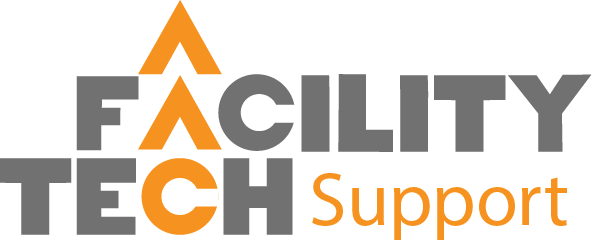Difference between revisions of "Main Page"
From Help
(→COVID-19 and Remote Learning) |
(→COVID-19 and Remote Learning) |
||
| Line 18: | Line 18: | ||
<b>SONIS</b> | <b>SONIS</b> | ||
<br> | <br> | ||
| − | SONIS actually has some capabilities for online learning. While the scope of what SONIS is capable of is outside this help site, there is a faculty manual that will assist you should you decide to use it as your method of distance teaching. You can find the manual here. In addition, the Registrar Director Alex Siebert has put together a very nice and concise how-to for faculty, and that can be found here. Should you have any questions or issues with SONIS, you can contact Alex either by phone at 513-562-8749 or by email at [mailto:[email protected] [email protected]] | + | SONIS actually has some capabilities for online learning. While the scope of what SONIS is capable of is outside this help site, there is a faculty manual that will assist you should you decide to use it as your method of distance teaching. You can find the manual [https://help.artacademy.edu/images/1/14/FacultyHandbook.pdf here]. In addition, the Registrar Director Alex Siebert has put together a very nice and concise how-to for faculty, and that can be found here. Should you have any questions or issues with SONIS, you can contact Alex either by phone at 513-562-8749 or by email at [mailto:[email protected] [email protected]] |
|} | |} | ||
Revision as of 19:01, 13 March 2020
COVID-19 and Remote Learning
| Following Governor DeWine's mandate and to ensure the safety of our student body, starting March 23rd, all AAC classes will be done remotely via a variety of ways. These may include, but are not limited to, email, text, SonisWeb, and Office365. The following is a collection of information that will hopefully assist in the decision, management, and use of these tools as it pertains to each instructor/student and their class(es).
|
